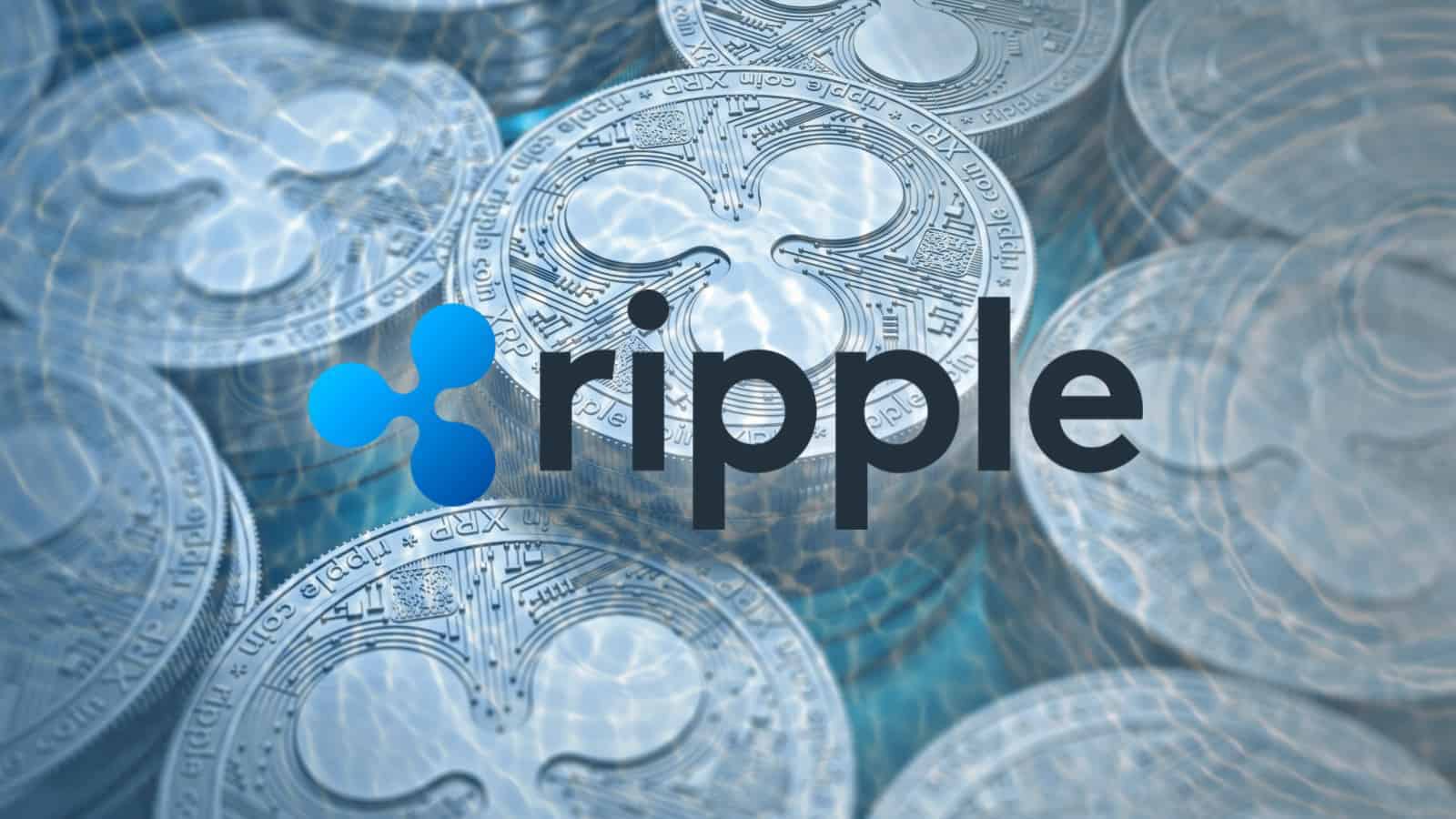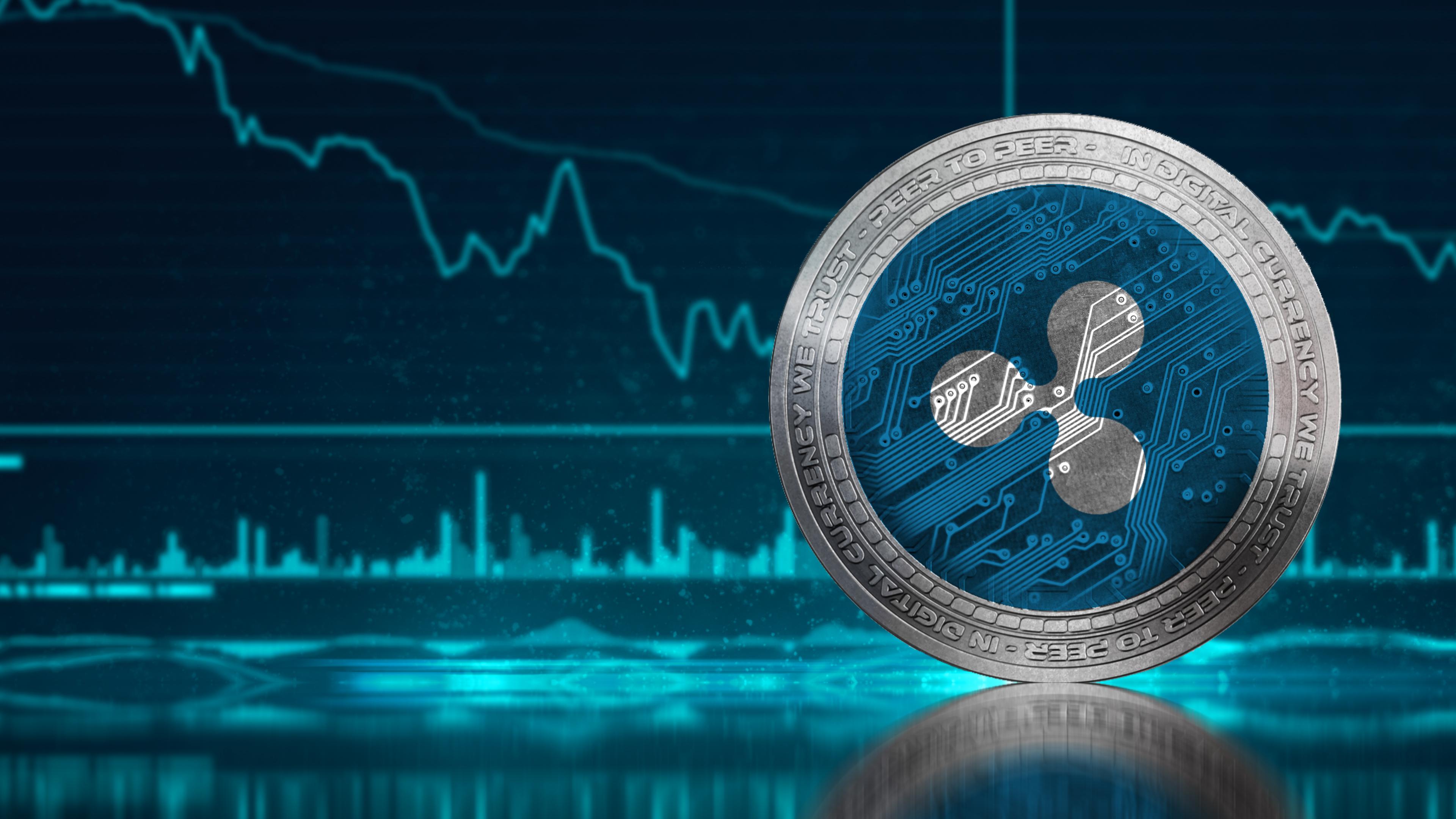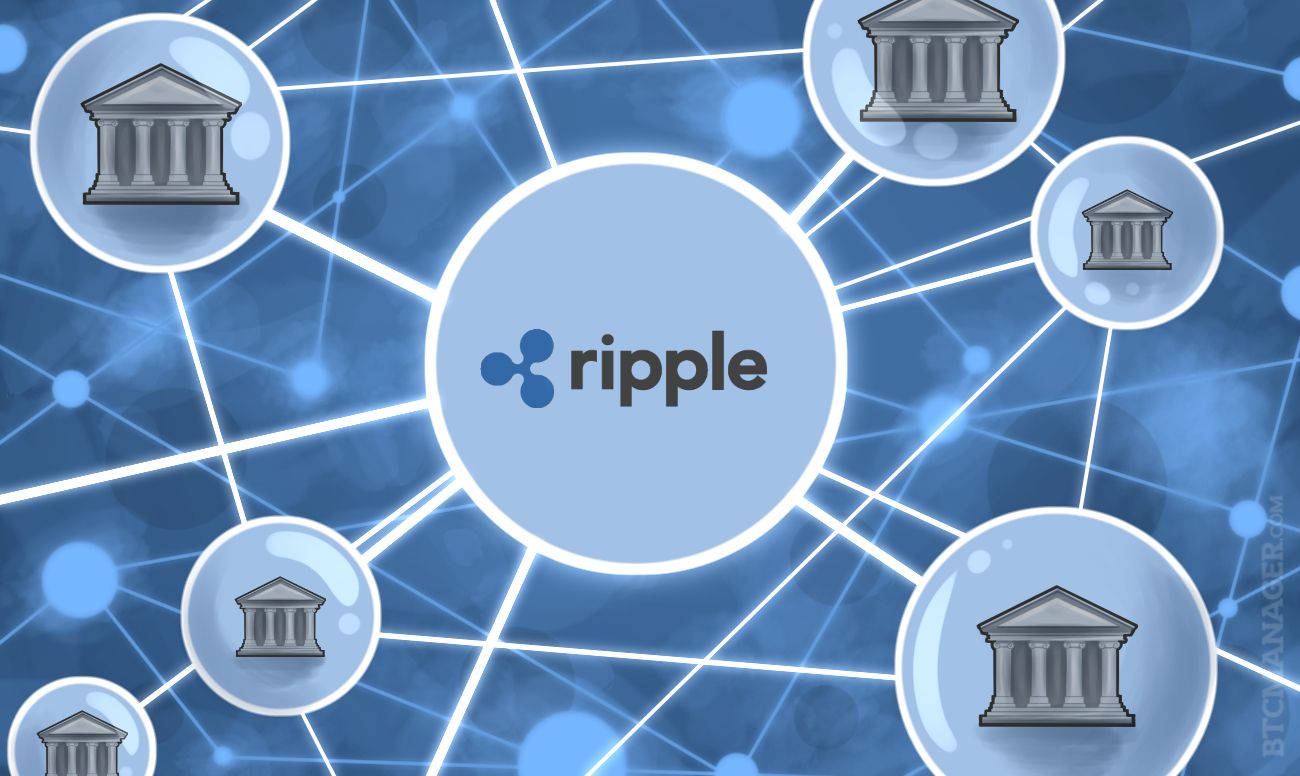Ripple XRP

Ripple is a global financial network that enables fast, secure, and cost-effective cross-border payments. XRP is the native cryptocurrency of the Ripple network. It serves as a bridge currency for facilitating transactions between different currencies.
History and Origin of Ripple and XRP, Ripple xrp
Ripple Labs, the company behind Ripple, was founded in 2011 by Jed McCaleb and Chris Larsen. The company initially focused on providing a decentralized payment network for banks and financial institutions. In 2012, Ripple introduced XRP as the native cryptocurrency of the network. The goal was to create a faster, more efficient, and less expensive alternative to traditional cross-border payment systems.
Ripple Technology and Functionalities
The Ripple network utilizes a distributed ledger technology (DLT) that is distinct from blockchain technology. It operates on a consensus mechanism known as the Ripple Protocol Consensus Algorithm (RPCA), which allows for faster transaction speeds and lower transaction fees compared to blockchain networks.
The Ripple network has three key components:
- RippleNet: A global network that connects financial institutions and enables cross-border payments.
- XRP Ledger: The decentralized ledger that records all transactions on the Ripple network.
- XRP: The native cryptocurrency of the Ripple network, used as a bridge currency to facilitate transactions.
Comparison with Other Blockchain Technologies
Ripple’s technology differs from traditional blockchain technologies in several ways. While blockchain networks typically rely on a proof-of-work (PoW) or proof-of-stake (PoS) consensus mechanism, Ripple uses RPCA, which is designed to be faster and more efficient. Additionally, Ripple’s network is permissioned, meaning that only authorized participants can join and participate in the network.
Unique Features and Advantages of XRP
XRP offers several unique features and advantages over other cryptocurrencies:
- Fast Transaction Speeds: XRP transactions are processed in a matter of seconds, making it ideal for real-time payments.
- Low Transaction Fees: XRP transactions have significantly lower fees compared to other cryptocurrencies, making it more cost-effective for cross-border payments.
- Scalability: The Ripple network is designed to handle a high volume of transactions, making it scalable for global use.
- Energy Efficiency: Ripple’s consensus mechanism, RPCA, is more energy-efficient than PoW or PoS, reducing its environmental impact.
Ripple XRP in the Financial Landscape

Ripple and its associated cryptocurrency, XRP, have emerged as significant players in the global financial landscape, aiming to revolutionize cross-border payments and financial transactions.
Role of Ripple and XRP in the Global Financial System
Ripple operates a global network that facilitates fast, efficient, and cost-effective cross-border payments. XRP, Ripple’s native cryptocurrency, plays a crucial role in this network, enabling faster transactions and reducing transaction costs.
Key Use Cases for Ripple and XRP
Ripple and XRP offer several key use cases within the financial system, including:
- Cross-Border Payments: Ripple’s network enables financial institutions to send and receive payments across borders in real-time, eliminating delays associated with traditional methods. XRP facilitates these transactions by acting as a bridge currency, simplifying currency conversions and reducing transaction costs.
- Remittances: Ripple’s network can be used for faster and cheaper remittances, enabling individuals to send money to their loved ones abroad with greater speed and lower fees. XRP’s efficiency and liquidity contribute to these benefits.
- Trade Finance: Ripple’s technology can streamline trade finance operations, such as letters of credit and trade financing, by providing a secure and transparent platform for transactions. XRP can facilitate payments and settlement in trade finance, reducing the need for intermediaries and minimizing delays.
Ripple’s Partnerships and Collaborations with Financial Institutions
Ripple has established strategic partnerships with numerous financial institutions globally, including banks, payment providers, and money transfer companies. These collaborations aim to integrate Ripple’s technology into their existing systems and leverage the benefits of XRP for cross-border payments and other financial services.
- Examples of partnerships: Ripple has partnered with major financial institutions such as Santander, MoneyGram, and American Express, among others, to enhance their cross-border payment capabilities.
Regulatory Landscape Surrounding Ripple and XRP
The regulatory landscape surrounding Ripple and XRP is evolving, with different jurisdictions adopting varying approaches.
- Challenges: Ripple has faced regulatory scrutiny, particularly in the United States, regarding the classification of XRP as a security. This uncertainty has impacted the adoption of XRP and Ripple’s technology.
- Impact on Adoption: Regulatory clarity and favorable regulations are crucial for the widespread adoption of Ripple and XRP. Clear guidelines regarding the classification of XRP and the use of Ripple’s technology will help foster greater confidence among financial institutions and promote innovation in the financial sector.
Ripple XRP: Market Dynamics and Future Prospects

XRP, the native cryptocurrency of Ripple, has gained significant attention in the cryptocurrency market. Its unique features and potential applications have led to substantial growth in its market capitalization and trading volume. Understanding the factors influencing XRP’s price fluctuations and its future prospects is crucial for investors and enthusiasts alike.
Market Capitalization and Trading Volume
XRP’s market capitalization and trading volume have fluctuated significantly over time. As of [current date], XRP’s market capitalization is approximately [current market capitalization] and its daily trading volume is around [current trading volume]. This indicates a substantial level of interest and activity in the XRP market.
Factors Influencing XRP Price Fluctuations
Several factors contribute to XRP’s price fluctuations. These include:
- Adoption by Financial Institutions: XRP’s adoption by financial institutions for cross-border payments is a significant driver of its price. As more institutions integrate XRP into their systems, demand for the cryptocurrency is likely to increase, leading to price appreciation.
- Regulatory Landscape: Regulatory clarity surrounding cryptocurrencies, particularly in key markets like the United States, can significantly impact XRP’s price. Positive regulatory developments can boost investor confidence and drive price growth, while uncertainty or negative regulations can lead to price declines.
- Market Sentiment and Speculation: Like any other cryptocurrency, XRP’s price is susceptible to market sentiment and speculation. Positive news or announcements can trigger price rallies, while negative news or rumors can lead to sell-offs.
- Competition from Other Cryptocurrencies: XRP faces competition from other cryptocurrencies offering similar solutions, such as Stellar Lumens (XLM) and Cardano (ADA). The relative performance of these competitors can impact XRP’s price.
Comparison with Other Leading Cryptocurrencies
| Cryptocurrency | Market Capitalization | Daily Trading Volume |
|—|—|—|
| Bitcoin (BTC) | [Current Market Capitalization] | [Current Daily Trading Volume] |
| Ethereum (ETH) | [Current Market Capitalization] | [Current Daily Trading Volume] |
| XRP (XRP) | [Current Market Capitalization] | [Current Daily Trading Volume] |
| Binance Coin (BNB) | [Current Market Capitalization] | [Current Daily Trading Volume] |
| Cardano (ADA) | [Current Market Capitalization] | [Current Daily Trading Volume] |
Future Potential of Ripple and XRP
The future of Ripple and XRP is closely tied to the broader adoption of blockchain technology in the financial industry. Several factors suggest a positive outlook for XRP:
- Growing Demand for Cross-Border Payments: The increasing need for efficient and cost-effective cross-border payments is driving the adoption of blockchain solutions. XRP’s unique features, such as its speed and low transaction fees, make it a compelling option for financial institutions.
- Technological Advancements: Ripple continues to innovate and develop its technology, enhancing XRP’s capabilities and expanding its use cases. The company’s ongoing efforts to improve scalability, security, and interoperability are crucial for XRP’s future success.
- Strategic Partnerships: Ripple has forged partnerships with major financial institutions and payment providers, demonstrating its commitment to real-world adoption. These partnerships can accelerate XRP’s integration into the financial system.
Ripple XRP, a cryptocurrency aiming to revolutionize cross-border payments, faces challenges like regulatory uncertainty and market volatility. However, its potential impact extends beyond finance, as seen in the recent ground stop at NYC airports , which highlighted the importance of real-time data and efficient communication.
While XRP’s role in such situations is still nascent, its potential for facilitating rapid information exchange across various sectors remains promising.
Ripple XRP, a cryptocurrency known for its speed and low transaction fees, is often associated with the world of finance and technology. But its appeal can extend beyond the digital realm, finding resonance in the realm of aesthetics, much like the charm of a shabby chic dressing table and chair.
Both exude a sense of timeless elegance, offering a blend of practicality and beauty that transcends fleeting trends. Just as Ripple XRP seeks to revolutionize the financial landscape, a shabby chic dressing table and chair can transform a bedroom into a sanctuary of refined taste.
